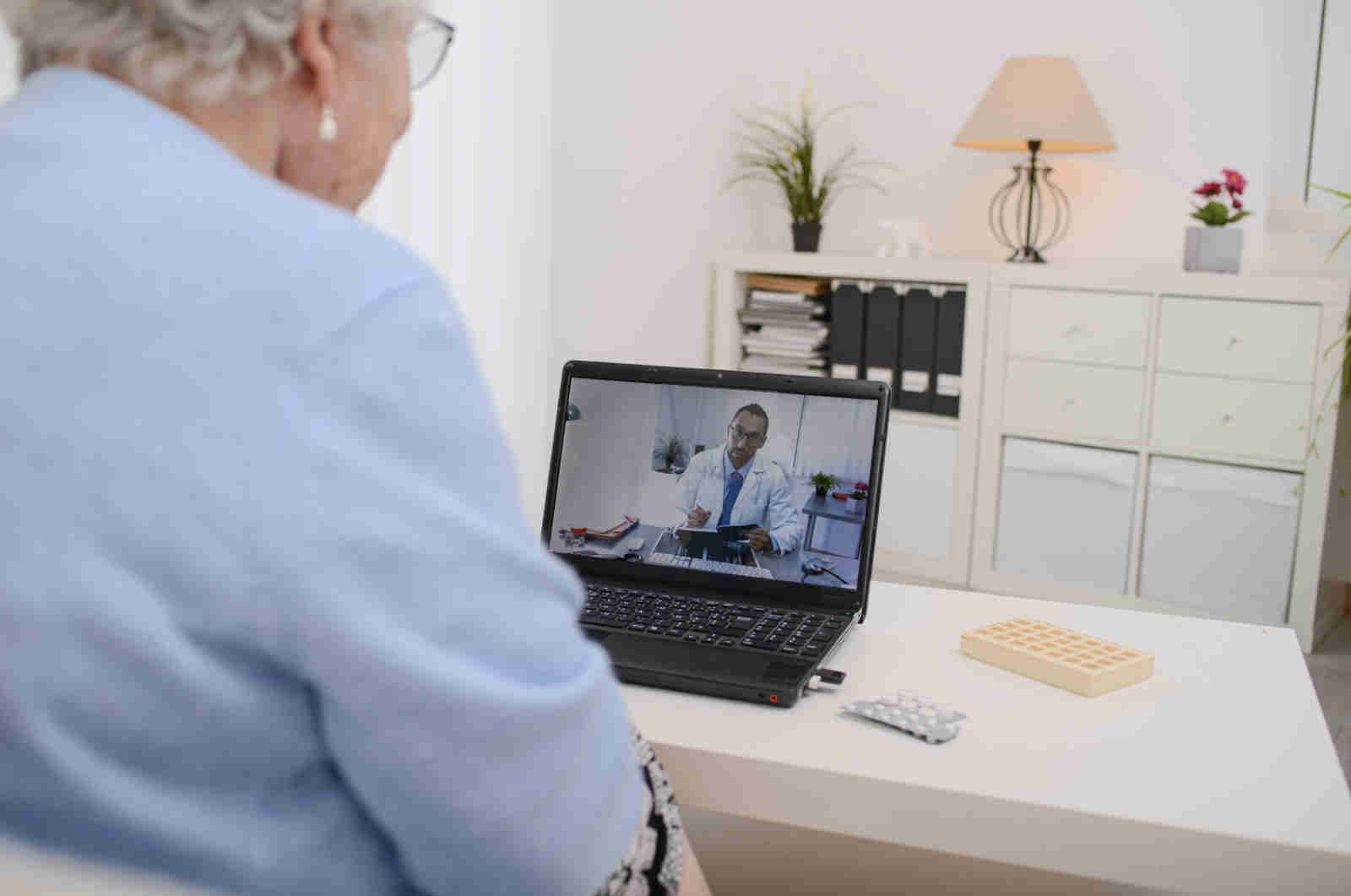
@ShahidNShah


Telehealth has been defined by the Centers for Medicare and Medicaid Services (CMS) as the exchange of medical information from one site to another through electronic communication to improve a patient’s health.(3) However, this definition has been broadened by some to span the use of information and telecommunications technologies in health care delivery for a specific patient involving a provider across distance or time.(2) Although some expansive definitions of telehealth cover both synchronous (audio and video enabled live visits), and asynchronous technologies (e.g. remote patient monitoring), the synchronous technologies such as video visits, have been boosted by the current pandemic in unprecedented ways. But barriers to telehealth visit adoption have persisted, including disparities in access, technological limitations especially pertaining to limited broadband availability in underserved areas, reimbursement, medical licensure issues across state lines, and scalability.
Continue reading at nodehealth.org
Patient-perceived quality of nursing care falls as registered nurse staffing levels in hospital. Using a patient-to-nurse (PTN) ratio, which indicates how many patients a nurse has to care for during …
Posted Nov 21, 2021 Nurse Practitioners
Connecting innovation decision makers to authoritative information, institutions, people and insights.
Medigy accurately delivers healthcare and technology information, news and insight from around the world.
Medigy surfaces the world's best crowdsourced health tech offerings with social interactions and peer reviews.
© 2025 Netspective Foundation, Inc. All Rights Reserved.
Built on Apr 17, 2025 at 6:07am